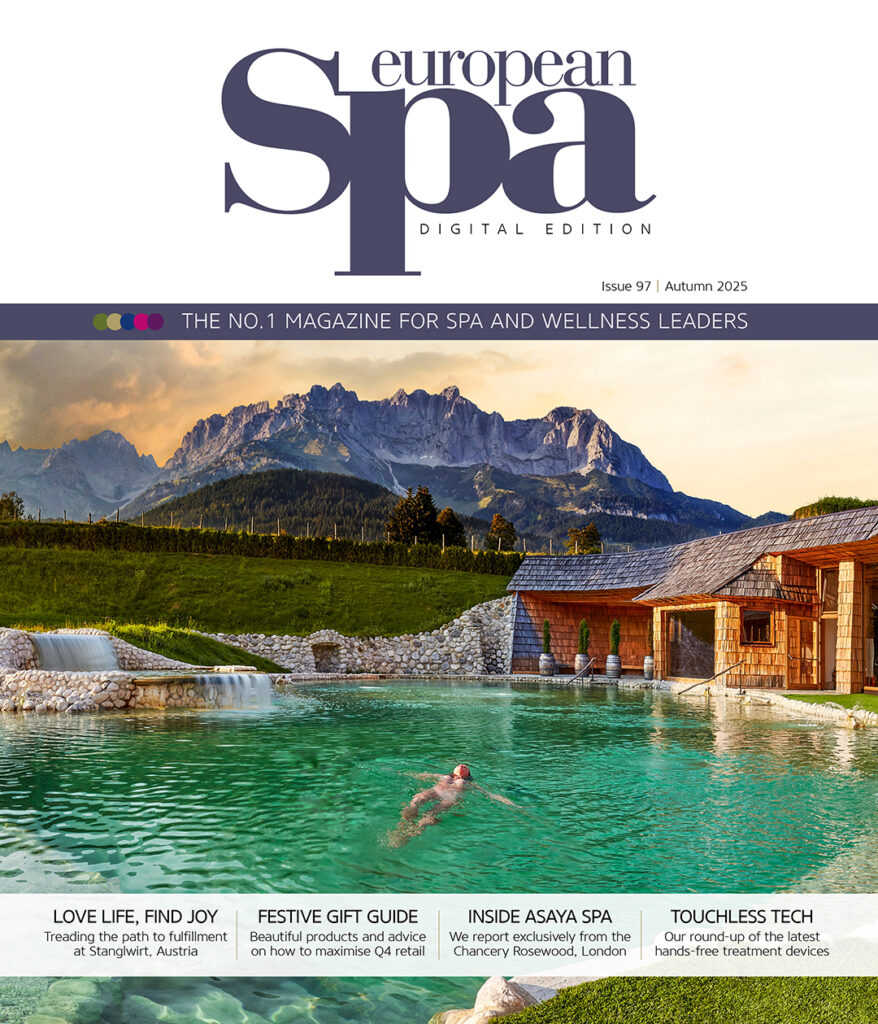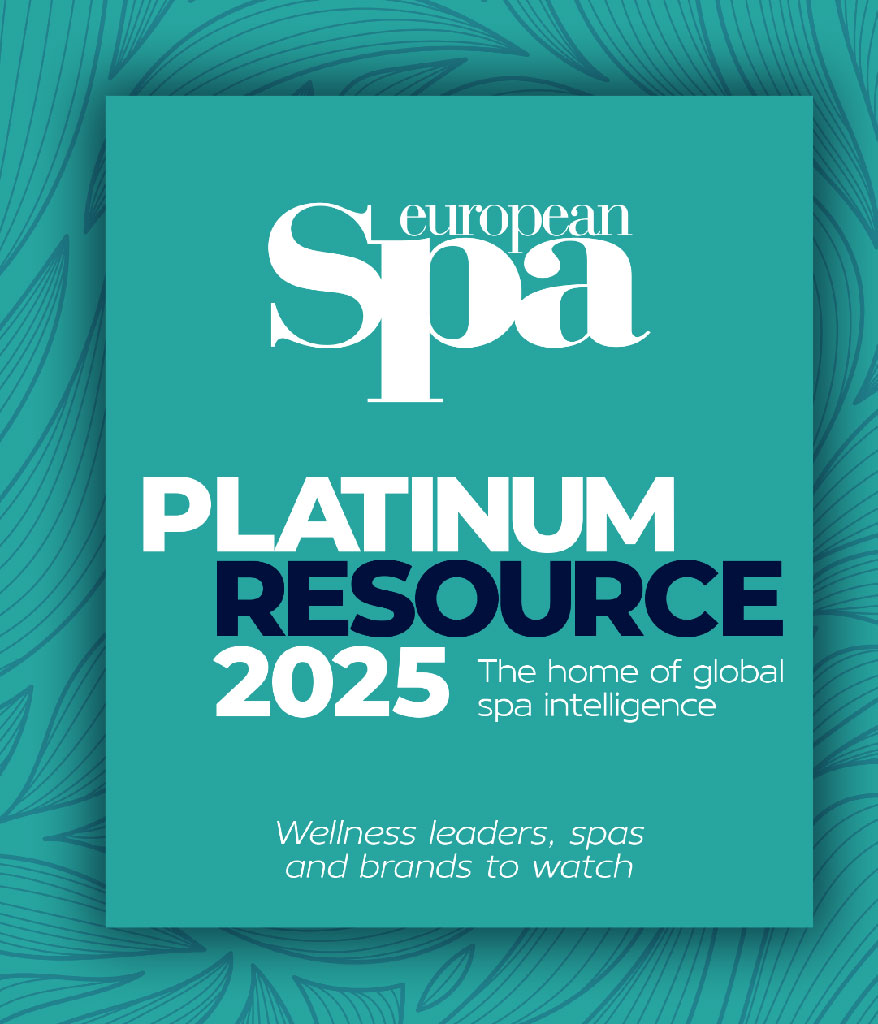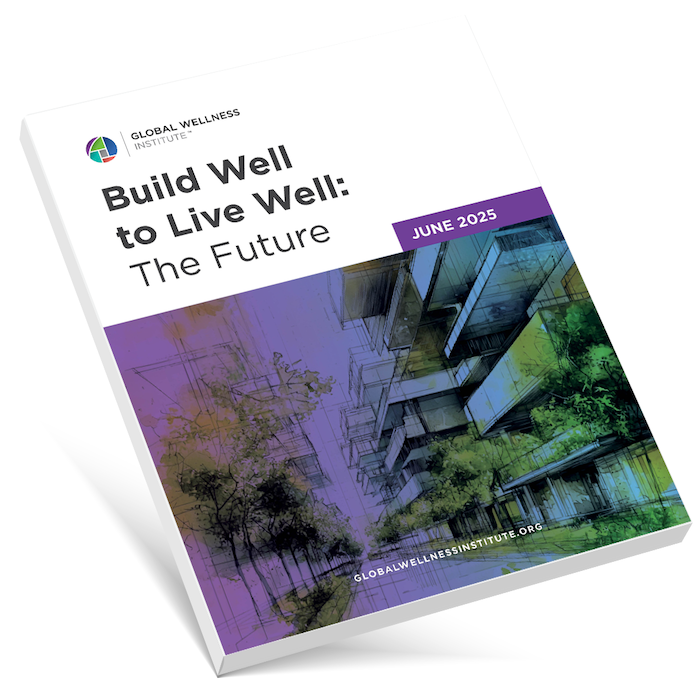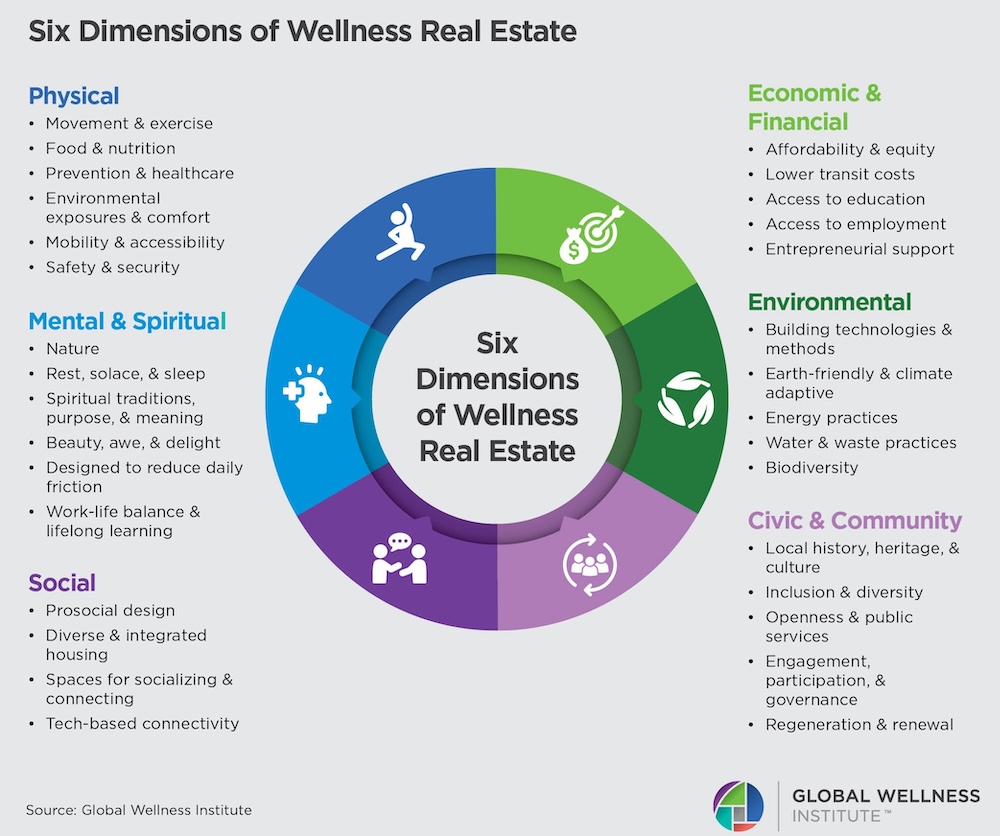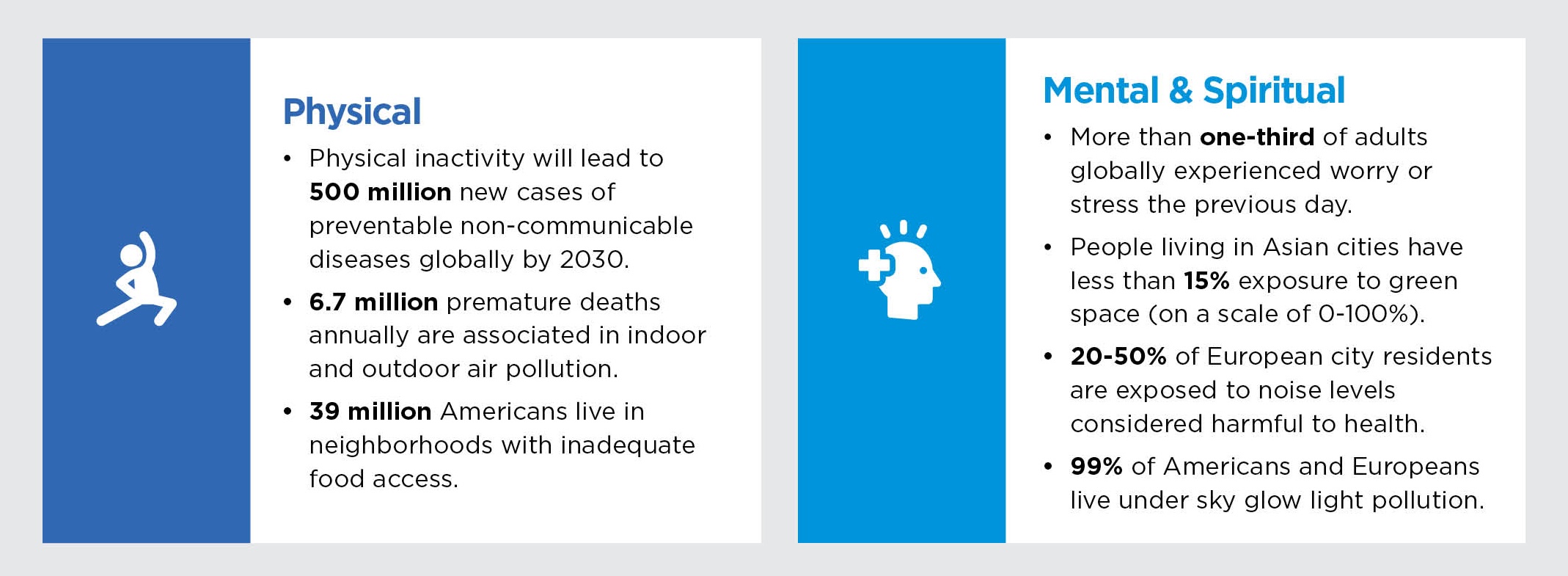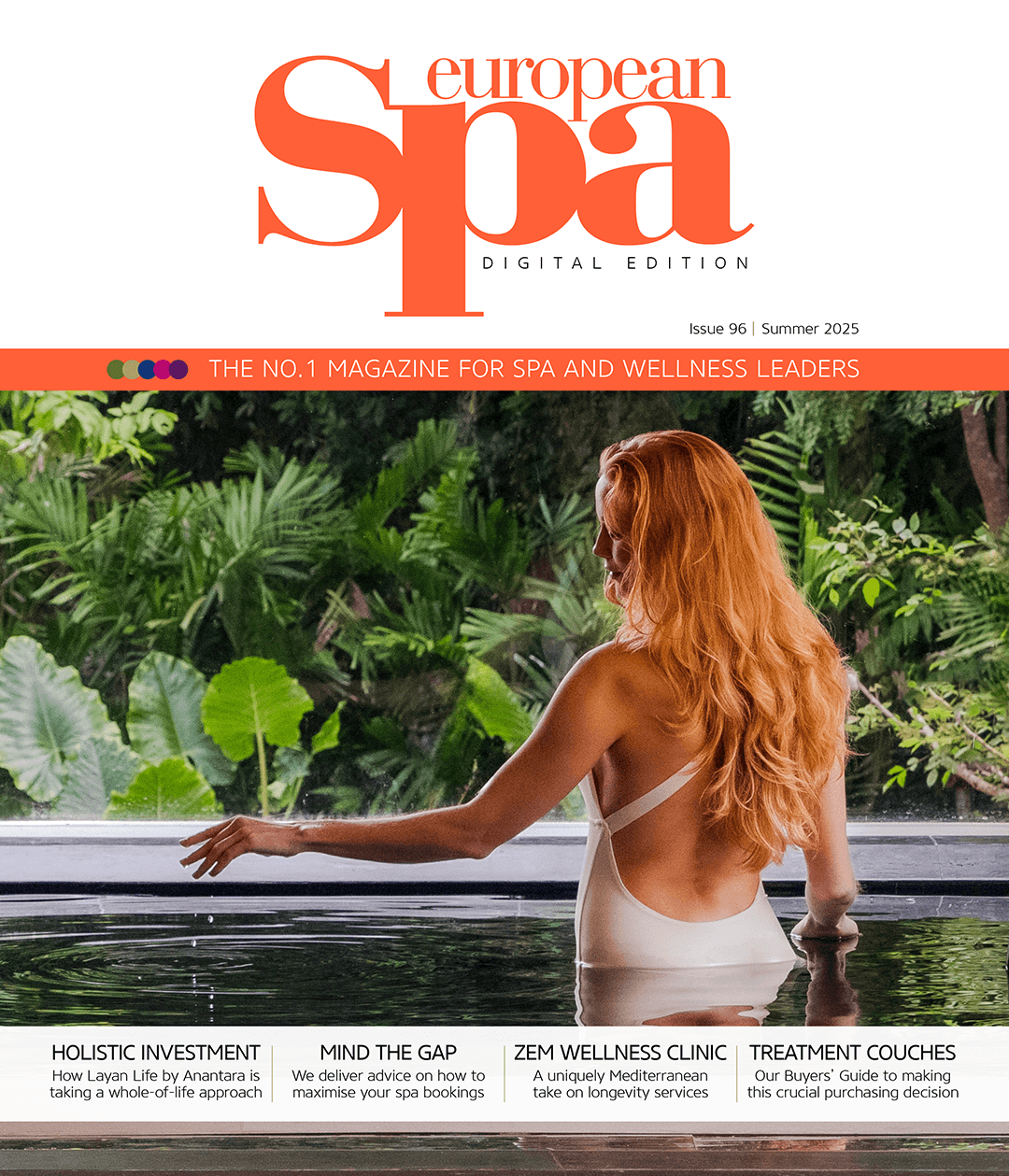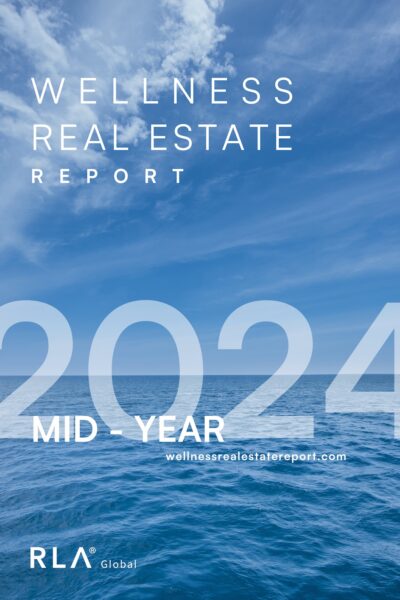A new Global Wellness Institute (GWI) report titled Build Well to Live Well: The Future has revealed the wellness real estate market reached $584 billion (£430bn/€499bn) in 2024. It is predicted to double to $1.1 trillion by 2029.
Real estate is now the biggest growth sector in $6.3 trillion wellness economy, growing at an impressive 15.2 per cent annually.
In the first update to the GWI’s wellness real estate research since 2018, the 160-page study reveals the sector has more than doubled in size and surged from $225 billion since 2019.
